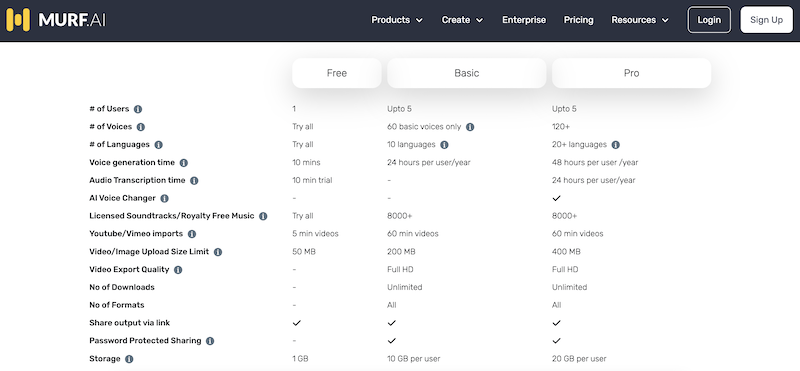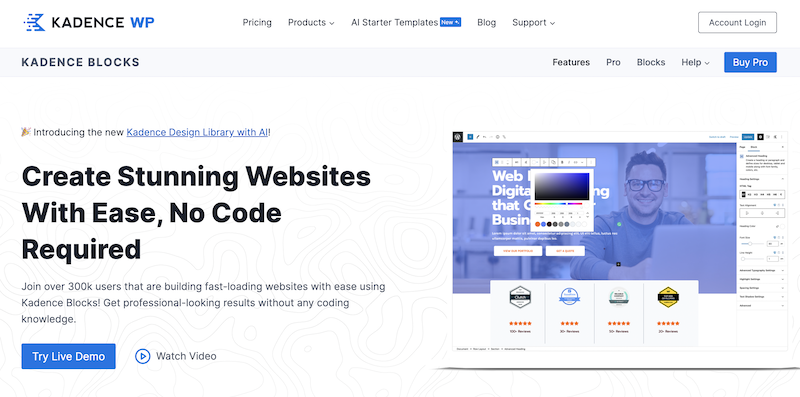In the realm of website development, image optimization is a critical aspect of enhancing performance and user experience. For WordPress users, plugins like Imagify and Optimole have emerged as popular solutions. This article delves into a comparative analysis of these two plugins, highlighting their pros and cons to assist website owners in making an informed decision.
Introduction
WordPress, being a widely-used content management system, hosts websites that are rich in visual content. As images significantly impact page load times, optimizing them is essential. Imagify and Optimole are two plugins designed to tackle this issue, but they approach image optimization differently. This comparison aims to dissect their features, benefits, and limitations.
Overview – Imagify
Imagify is a plugin developed by WP Media, the creators of WP Rocket, a renowned caching plugin. It’s known for its ease of use and efficient image compression.
Pros:
- Multiple Levels of Compression: Imagify offers three levels of compression – normal, aggressive, and ultra – giving users flexibility based on their quality preferences.
- Bulk Optimization: Allows bulk optimization of all images on a website, including thumbnails and retina images, with a single click.
- WebP Conversion: Supports conversion of images to WebP format, which is smaller in size compared to traditional formats.
- Backup Option: Original images are backed up, allowing users to restore or re-optimize at any time.
- Integration with WP Rocket: Seamless integration with WP Rocket for enhanced website performance.
Cons:
- Limited Free Plan: The free plan has a monthly limit of 25MB, which may not be sufficient for websites with numerous images.
- No Adaptive Images: This does not offer adaptive image sizing based on the user’s device.
Overview – Optimole
Optimole is a service-oriented image optimization plugin that focuses on real-time image processing and optimization.
Pros:
- Cloud-Based Optimization: Images are processed and optimized in real-time using cloud servers, reducing the load on your own server.
- Adaptive Images: Automatically resizes images based on the user’s device, enhancing loading times and user experience.
- Lazy Loading: Implements lazy loading to improve page speed, loading images only when they are in the viewport.
- No Bandwidth Limitation: Unlike Imagify, Optimole doesn’t have a bandwidth limitation.
- Automatic WebP Conversion: Converts images to WebP format without user intervention.
Cons:
- Dependence on External Servers: Relies on external servers for image processing, which could be a concern for those cautious about third-party dependencies.
- Limited Customization: Offers fewer customization options compared to Imagify, particularly in terms of compression levels.
- Potential for Slowdowns: Real-time optimization can sometimes lead to slight delays in image loading.
Conclusion
Both Imagify and Optimole offer robust solutions for WordPress image optimization, each with its unique set of features. Imagify shines in its flexibility and integration with WP Rocket, making it a great choice for users who seek control over their image optimization process. Optimole, on the other hand, excels in its cloud-based, real-time optimization, and adaptive image sizing, catering to users who prioritize automation and server performance.
Ultimately, the choice between Imagify and Optimole depends on specific website needs and personal preferences. Website owners like Philathletics should consider factors like image quantity, server resources, and the importance of adaptive images to their audience when making their decision. Both plugins offer free versions, so experimenting with each to gauge their impact on website performance is a practical approach.





